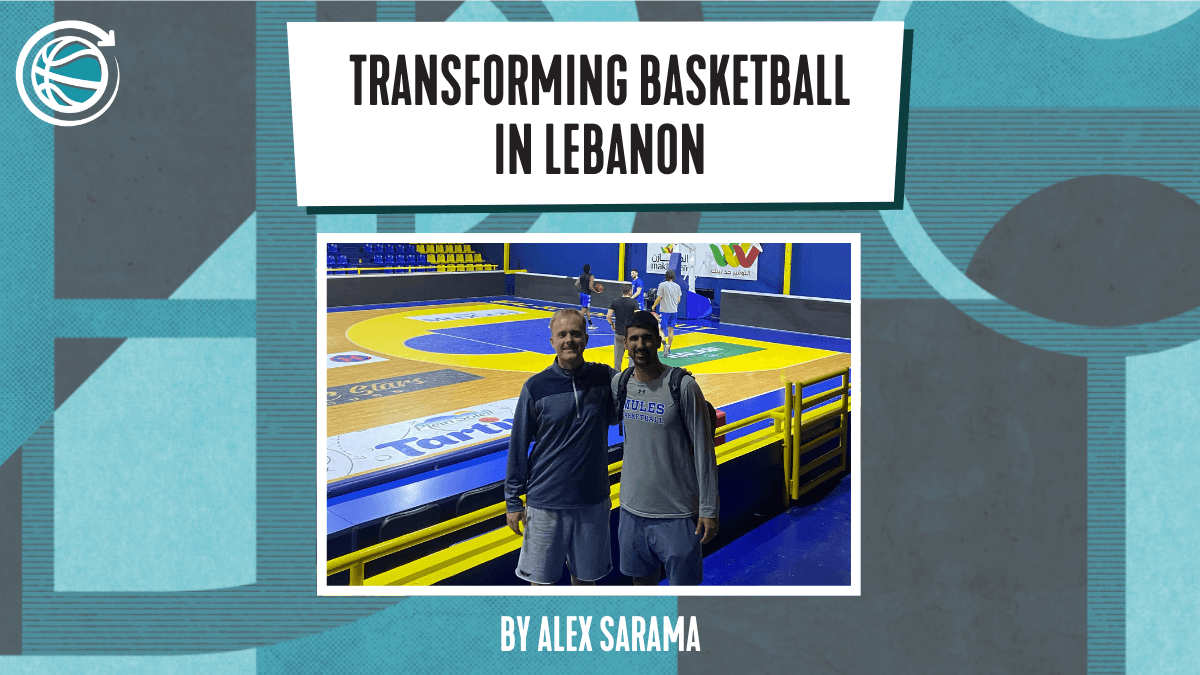Reframing The Youth Basketball Experience


Within the global basketball community, the need to provide a better youth sports experience for children is one of the reasons that Transforming Basketball exists. Children are all too commonly treated as ‘mini adults,’ while being subjected to the norms of what ‘fundamentals’ adults think youth players need to be taught. For the vast majority of U14 basketball players, they are not training to be the next Steph Curry or Sabrina Ionescu. They are simply playing basketball for fun and to be with their friends. Unfortunately, many coaches are unaware of this and far too focussed on using drills and punishments versus creating an enjoyable environment that will retain children within basketball. Our post highlights the problems behind punishing players – and more specifically – the negative reaction this received, just shows the true extent as to how much work there is to be done.
View this post on Instagram
Playfulness
Two years ago, I was involved with a camp for youth players in Italy. My station was the only basket where children were laughing and getting to participate in activities which looked like basketball. As I looked around the gym at the seven other stations, every other activity was some type of drill. As coaches, we must consider the (lack of) joy and excitement that is being cultivated within traditional practice activities. It is not about us as coaches. Why are we so caught up on drills and fundamentals that we don’t want children to experience joy and playfulness within the practice environment?
Forms of life within basketball coaching circles have become so entrenched that many are numb to the need to observe their players and provide a more fulfilling experience. How many coaches are going to work with the next LeBron James? Maybe 0.0001% of all active coaches. If this is the case, why would we not want to adopt an approach (the Constraints-Led Approach and transformational coaching styles) that are far more joyful and compelling for younger athletes?
Obstacle Tag
On the occasions I have coached at camps which utilise stations, I always run different activities for each group rotation. During one such camp experience, I played obstacle tag with an U11 group. This starts as a simple tag game in the half-court, with taggers holding cones. When players tag a teammate, they pass on the cone to make it easy for everyone to see who the taggers are. I then laid out various obstacles, which provided unique affordances for escaping players to hide or escape from the taggers. Coaches often say that beginners cannot participate in CLA activities, but I’ve never found a beginner that doesn’t enjoy a tag game! You can see how to run Obstacle Tag below…
Let kids be kids! I loved watching how they interacted with the various objects. Listen to the laughter and joy. This is what we need to cultivate vs trying to put them in lines and lecturing them on “fundamentals.” pic.twitter.com/CRMCz5zuG1
— Alex Sarama (@AlexJSarama) April 9, 2022
Empowering, Not Controlling
This is one example of an activity which aligns with the needs of children and what they are looking for when they come to a basketball practice. I even gave them an opportunity to create their own rules (task constraints) when we had played this base version of the game for a minute or so. Especially when working with younger players, I believe that successful coaching should be based upon providing opportunities for empowerment, not control.
Years ago, I used to try and ‘control’ players of this age by ensuring they were always listening to me and not messing around. The reality is that 10, 11, 12 year olds have a completely different perspective on basketball and what their intentions of a practice are. When I started going along with it and simply playing fun games, it came as no surprise that they came in faster when I called the group in, as well as listening more attentively when I explained activities. It’s not rocket science: they knew the practice activities were fun and wanted to get back to playing more of them.
Effective youth coaching isn’t about being a drill-master. What good will topics like form shooting and the triple threat position mean to a young player? A ten year old is never going to rush home to discuss the intricacies of “B.E.E.F” (Balance, Eyes, Elbow, Follow-Through) at the dinner table with their parents. Instead, what they will remember is the great experience they had of practice and the chance to play with their friends. This is what sustains them in the game long-term.
A Vision of the Future
Within the basketball world, coaches, federations and other organisations need to do a far better job of creating learning environments that are designed with the children in-mind. As coaches, we have the privilege and responsibility of shaping the next generation of basketball players. It’s a task that becomes infinitely more rewarding when we prioritise fun, joy, and playfulness. If we know that transformational coaching and the CLA is a great tool for achieving this, why are so many still resisting change?
Rather than thinking like adults, we must think as children. What is it that the children really want? This quickly leads to a realisation as to how learning to shoot ‘correctly’ or passing with two hands and thumbs down is not conducive to truly creating a child-centered learning environment.
Learn more about transformational coaching in this podcast episode with Kareem Kalil
























